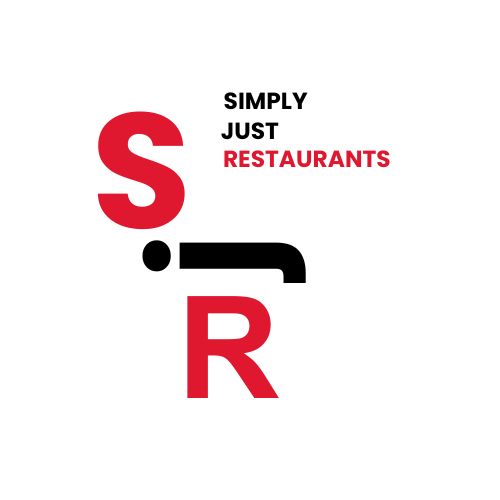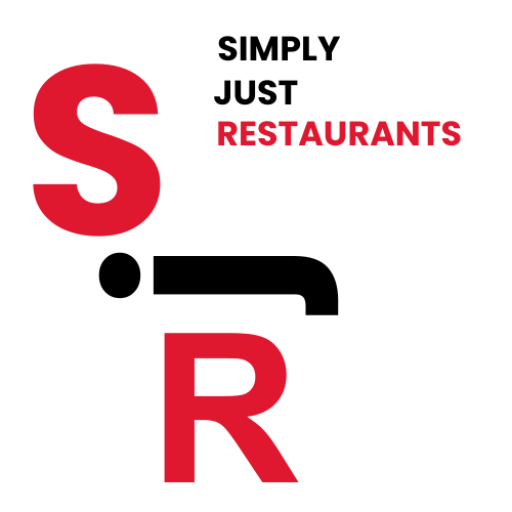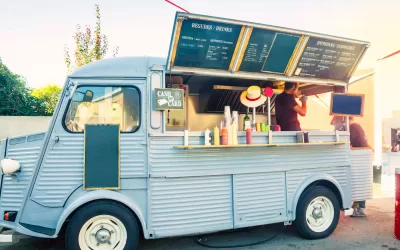The kitchen is the heart of any restaurant. It’s where culinary creativity comes to life, but more importantly, it’s where efficiency, safety, and productivity must be maximized to ensure the smooth operation of the entire establishment. A well-designed restaurant kitchen is vital not only for delivering quality dishes but also for maintaining hygiene standards, minimizing food waste, and optimizing staff workflow. This guide explores the essential principles, best practices, and steps involved in designing a restaurant kitchen.
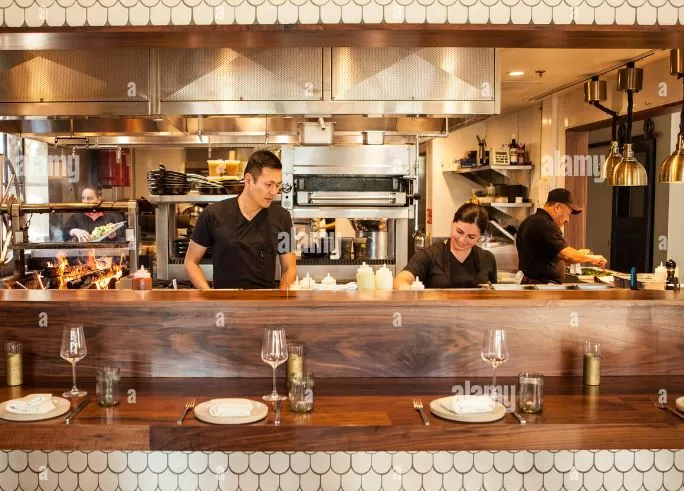
Importance of Thoughtful Kitchen Design
While Hyderabad has traditionally been known for its cuisine, especially its famous biryani, the city is now gaining recognition for its vibrant craft beer culture. The craft beer scene began emerging in the early 2010s, with a number of microbreweries opening their doors to the public. The city’s residents have embraced the diversity of beer styles, from IPAs to stouts and lagers, contributing to the growing demand for unique and innovative brews.
Several factors have contributed to the rise of craft breweries in Hyderabad:
- Changing consumer preferences: The younger generation, especially professionals working in Hyderabad’s booming tech industry, have a more refined and diverse taste when it comes to food and beverages. They are more willing to experiment with artisanal products, including craft beer.
- Government support: In recent years, the Telangana government has shown support for the brewing industry by introducing policies that ease the licensing process for microbreweries. This has encouraged many entrepreneurs to invest in the industry.
- Tourism and expat influence: Hyderabad’s growing tourism sector and the influx of expatriates from different parts of the world have contributed to the popularity of craft beer. The city’s nightlife and entertainment scene has also expanded, with craft beer establishments becoming increasingly popular among locals and visitors alike.
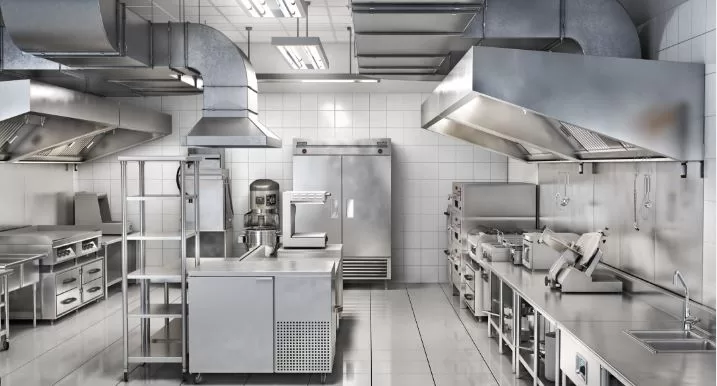
Key Principles of Restaurant Kitchen Design
Before diving into the technical aspects of restaurant kitchen design, it’s important to consider a few overarching principles that guide an effective layout:
- Workflow: The kitchen should be designed to follow the natural flow of food preparation, from storage and preparation to cooking, plating, and service. A smooth workflow prevents bottlenecks and ensures that orders are prepared quickly and efficiently.
- Space Utilization: Space in a kitchen is often limited. Efficient space utilization ensures that every inch is used wisely, from maximizing countertop space to organizing storage areas. The layout should allow staff to work comfortably without crowding, yet remain close enough for effective communication and collaboration.
- Ergonomics: To reduce staff fatigue and improve productivity, the design should consider the physical movement of workers. Place commonly used equipment, tools, and ingredients within easy reach to minimize repetitive movements.
- Flexibility and Scalability: Kitchens should be adaptable to changes in menu offerings or increases in customer volume. The layout should allow for the integration of new equipment or a larger workforce without requiring a complete redesign.
- Compliance with Health and Safety Regulations: Every restaurant kitchen must comply with local health codes and safety regulations, which dictate aspects such as equipment placement, ventilation, sanitation stations, and fire safety measures.

Key Areas of a Restaurant Kitchen
- A restaurant kitchen is divided into several stations, each dedicated to a specific function. These stations must be arranged to allow seamless transitions from one task to the next.
- Receiving and Storage Areas:
- Receiving Area: This is where ingredients and supplies are delivered, inspected, and sorted. The receiving area should be near the entrance of the kitchen to facilitate deliveries and ensure that supplies can be quickly moved to storage areas.
- Dry Storage: This area stores non-perishable items like canned goods, dry grains, spices, and packaging materials. Shelves should be organized and labeled for easy access, ensuring that stock can be rotated efficiently to prevent spoilage.
- Refrigeration and Freezer Areas: Refrigerators and freezers must be located near the food preparation areas for easy access. Proper placement also ensures the preservation of perishable goods, reducing waste and maintaining food safety.
- Food Preparation Areas: This is where raw ingredients are cleaned, cut, and prepped before cooking. Depending on the type of food served, the kitchen may need separate prep stations to prevent cross-contamination, such as:
- Vegetable prep area
- Meat and fish prep area
- Dairy and bakery prep area
These areas should have enough countertop space, sinks, and storage for small appliances and prep tools. Placement of food preparation areas close to storage ensures easy access to ingredients, improving workflow efficiency.
- Cooking Area: The cooking area is the heart of the kitchen, where raw ingredients are transformed into finished dishes. Key equipment in this area includes:
- Grills, stoves, and ovens: These must be placed close together but positioned to avoid traffic congestion. For instance, the frying station should not be near high-traffic areas to prevent accidents.
- Ventilation: Proper ventilation systems (exhaust hoods) must be installed to remove smoke, steam, and cooking odors from the kitchen, ensuring a safe and comfortable working environment.
- Fryers: Fryers should be located close to stoves but away from high-traffic areas for safety. Oil splash can be dangerous, so placing fryers in a corner is often ideal.
- Microwaves and other small appliances: These should be easily accessible, but not in the way of larger, more frequently used equipment.
The cooking area should be placed between the prep area and the serving area to ensure efficient workflow from prep to plating.
- Receiving and Storage Areas:

-
Plating and Service Areas: The service area is where food is plated and sent out to customers. This area should be located near the cooking line and be equipped with heat lamps or warming drawers to keep dishes warm while they wait for pickup by waitstaff.
- Pass-through counters: In open kitchen designs, pass-through counters serve as a point of communication between kitchen staff and servers, ensuring orders are delivered promptly and correctly.
-
Dishwashing and Cleaning Area: A dedicated cleaning area ensures that the kitchen stays sanitary and efficient. This area should be located away from the cooking line to prevent dirty dishes from contaminating clean areas.
- Dishwashing sinks: The area should have a commercial dishwasher, pot-washing sink, and space for drying clean dishes.
- Waste disposal: Trash bins should be placed strategically around the kitchen for quick disposal of food scraps, packaging, and other waste.
- Handwashing stations: To meet health and safety codes, handwashing stations must be easily accessible to staff.
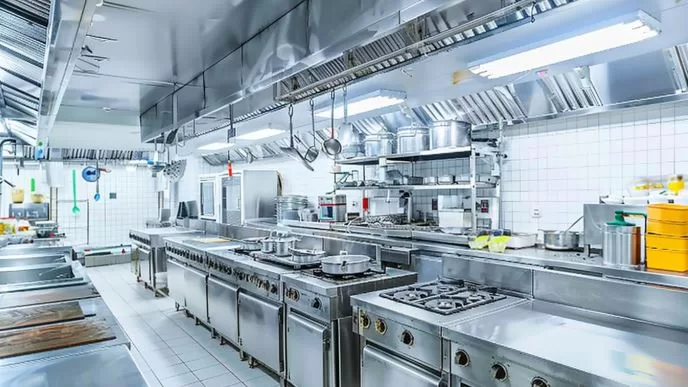
Types of Restaurant Kitchen Layouts
- Choosing the right kitchen layout depends on the size of the kitchen, the type of cuisine, and the volume of business the restaurant expects to handle. Common kitchen layouts include:
- Assembly Line Layout: This layout is ideal for restaurants with high-volume, repetitive orders, such as fast-food establishments. The layout arranges workstations in a linear flow, with each station responsible for one step in the food preparation process. For example, one person might prepare the ingredients, another cooks, and a third assembles the final dish. This layout minimizes the distance food travels through the kitchen, speeding up production.
- Island Layout: The island layout features a central cooking station (the “island”) surrounded by prep, storage, and cleaning areas. This layout is suitable for large kitchens with ample space, as it provides clear, defined stations and minimizes movement between areas. It’s particularly useful in open kitchen designs where customers can view the cooking process.
- Zone Layout: In this layout, the kitchen is divided into zones, with each zone dedicated to a specific task (e.g., prep, cooking, cleaning). This layout is effective for restaurants with diverse menus that require multiple methods of food preparation. For example, a restaurant may have separate zones for baking, grilling, and frying. The zone layout promotes specialization and efficiency, allowing multiple staff members to work simultaneously without disrupting one another.
- Galley Layout: A galley layout places two parallel workstations with an aisle between them. This layout is common in smaller kitchens or food trucks, as it maximizes space. The galley layout ensures that all essential equipment is within arm’s reach, making it easier for staff to move between stations.
- Open Kitchen Layout: In an open kitchen, the cooking area is visible to the customers, creating a sense of transparency and involvement. This layout requires a high level of organization and cleanliness since diners will have a direct view of the kitchen. Open kitchens are often combined with an island or zone layout to optimize the cooking process.

Design Considerations
- When designing a restaurant kitchen, a few additional factors should be considered:
- Ventilation: Ensuring adequate ventilation is crucial to remove excess heat, smoke, and grease from the kitchen. Properly placed exhaust hoods and duct systems help maintain air quality and reduce odors.
- Lighting: Good lighting is essential for kitchen safety and productivity. Adequate task lighting should be installed over prep stations, cooking lines, and cleaning areas.
- Energy Efficiency: Opt for energy-efficient appliances and equipment to reduce operating costs. Energy-efficient lighting, low-flow faucets, and insulated refrigeration units can also help lower utility bills.
- Safety and Sanitation: Non-slip flooring, fire extinguishers, and easily accessible handwashing stations ensure that your kitchen is safe and compliant with health regulations.
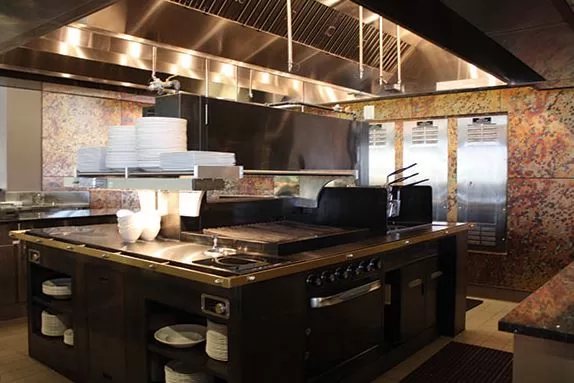
conclusion
Designing a restaurant kitchen is a complex task that requires a balance between functionality, efficiency, safety, and flexibility. By carefully planning the layout, organizing key areas, and following best practices in kitchen design, you can create a space that fosters productivity, enhances the quality of food, and ultimately contributes to the success of your restaurant. Thoughtful design not only improves workflow but also creates a safer and more enjoyable working environment for the staff, which in turn benefits the customers with quicker, more consistent service.
About Author sudeshna mukherjee
You May Also Like…
The Ultimate Guide to Hiring a Consultant Chef
Introduction Food trucks or mobile food trucks is an idea that has arrived. But, there is a issues with food safety in...
Food Safety Essentials: Addressing 5 Common Problems in Food Trucks
Introduction Food trucks or mobile food trucks is an idea that has arrived. But, there is a issues with food safety in...
